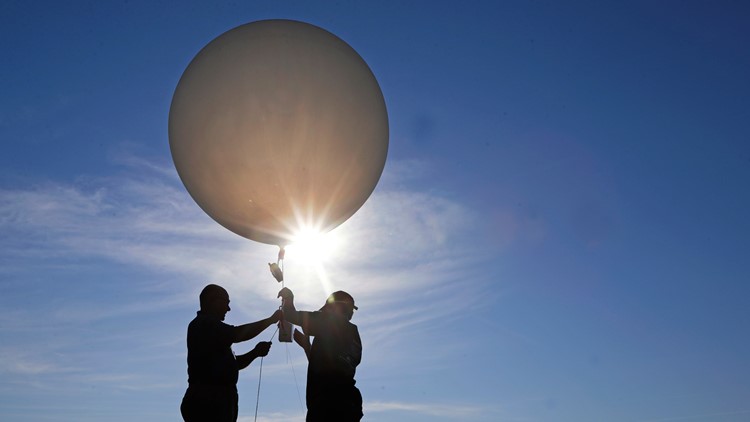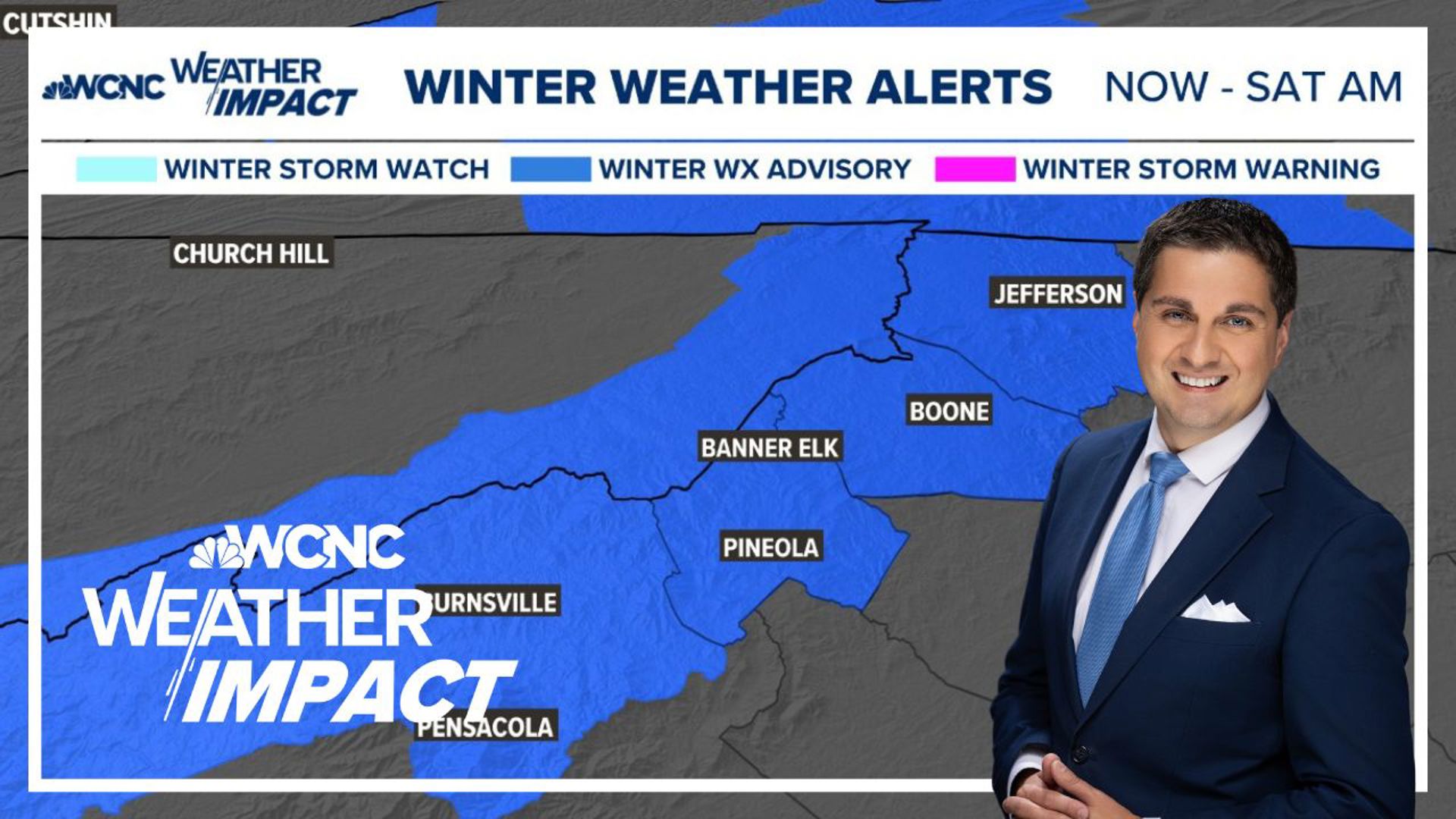ASHEVILLE, N.C. — As Carolina residents braced for a winter storm Sunday, meteorologists across the region were eager to know: where was the air going to be just warm enough to turn the snow back into ice?
The answer ended up being in a lot of places.
As WCNC Charlotte Chief Meteorologist Brad Panovich explained Sunday, ice was the main event for portions of the piedmont and sandhills, including Rock Hill, Chester, Monroe, and Lancaster. Sleet, which is the result of snow that partially melted and then refroze as it fell through the atmosphere, managed to work its way all the way into the foothills and mountains of western North Carolina. As a result, precise snowfall amounts were reduced as snowflakes were exchanged for the small pellets of ice.
(Sleet does officially count in the accumulation calculations. However, sleet is more compact. Compared to an all-snow event, sleet produces lesser accumulation because the ice pellets pack together on the ground.)
To understand where snow would give way to ice in the atmosphere, meteorologists have to know more than just the temperature on the ground. They also have to know the temperature in the layers upon layers of atmospheric air above the ground. That is because as snow falls, it may encounter a layer of air above the 32-degree freezing mark. This turns the snow back into liquid. If the descending precipitation reencounters freezing temperature near the service, the result is sleet.
University of North Carolina at Asheville students played a special role Sunday in helping meteorologists know the temperature thousands of feet above the ground; an area otherwise hard to observe given the altitude.
"Essentially what we're looking for is whether the temperature is above freezing or below freezing," Evan Fisher, a meteorology student at the western North Carolina school explained to WCNC Charlotte.
To make those observations, the students launched large balloons carrying weather observation equipment and a radio transmitter up into the sky. As the balloon travels up and away, it sends back readings including altitude and temperature.
"All of us as we're analyzing them, and we noticed that temperatures are above freezing above the surface and a few thousand feet over our head," Fisher explained. "And that's our invitation that amazing sleet is ready to fall or perhaps explain why there's already sleet or freezing rain falling at the moment."
The students then share that data with the National Weather Service and broadcast meteorologists, including WCNC Charlotte, to help influence forecasting and storm tracking.
The resulting data is displayed in this graph, which is referred to as a "Skew-T."
The weather balloons launched Sunday were special given an ongoing difficulty to launch weather balloons nationwide. Supply shortage problems, including the helium needed for these special balloons, have decreased the number of balloon launches typically performed by the National Weather Service and other science offices.



